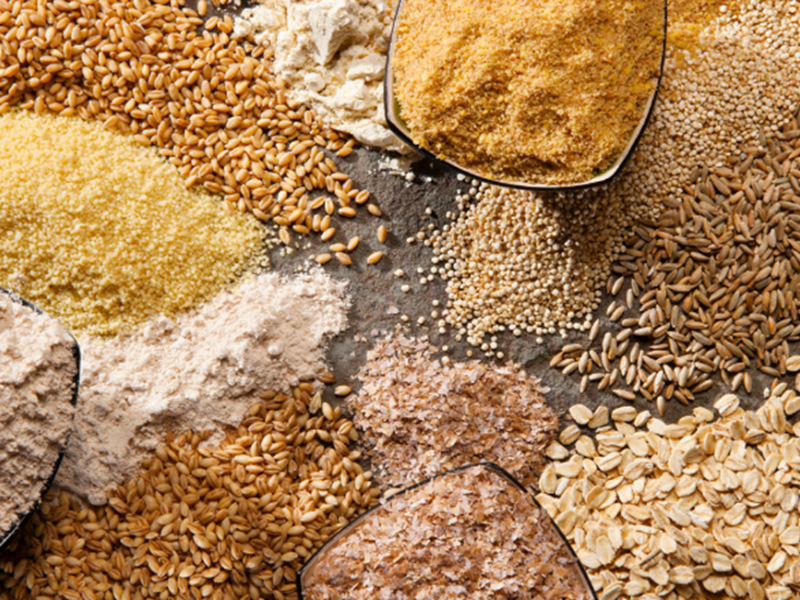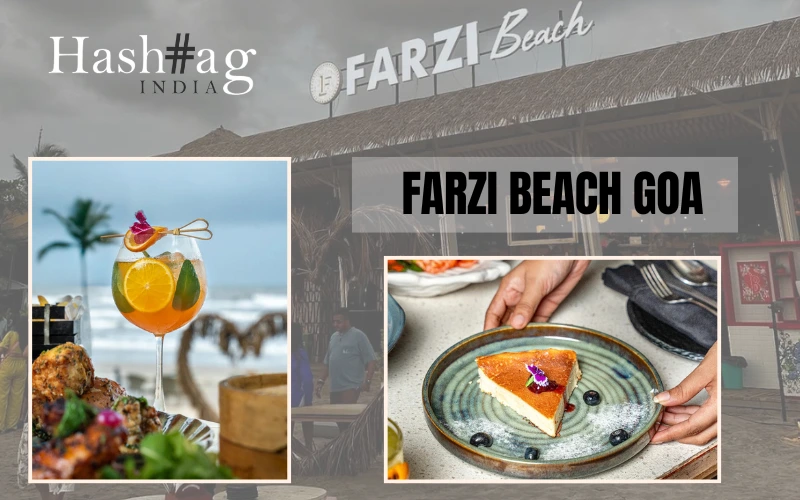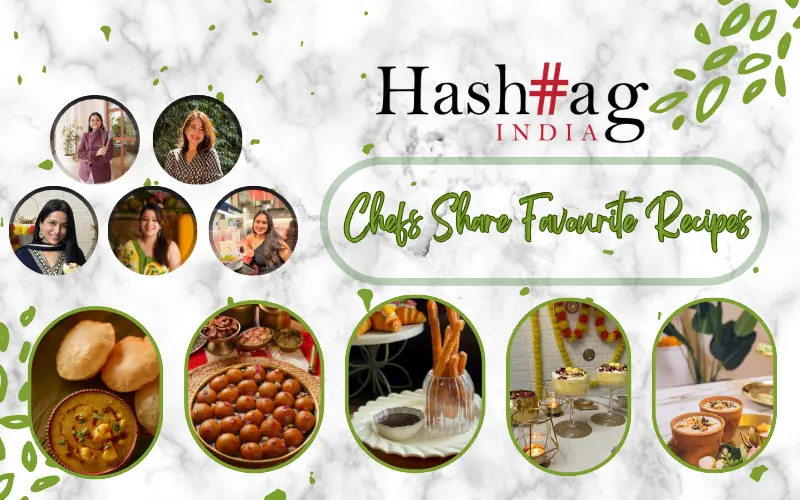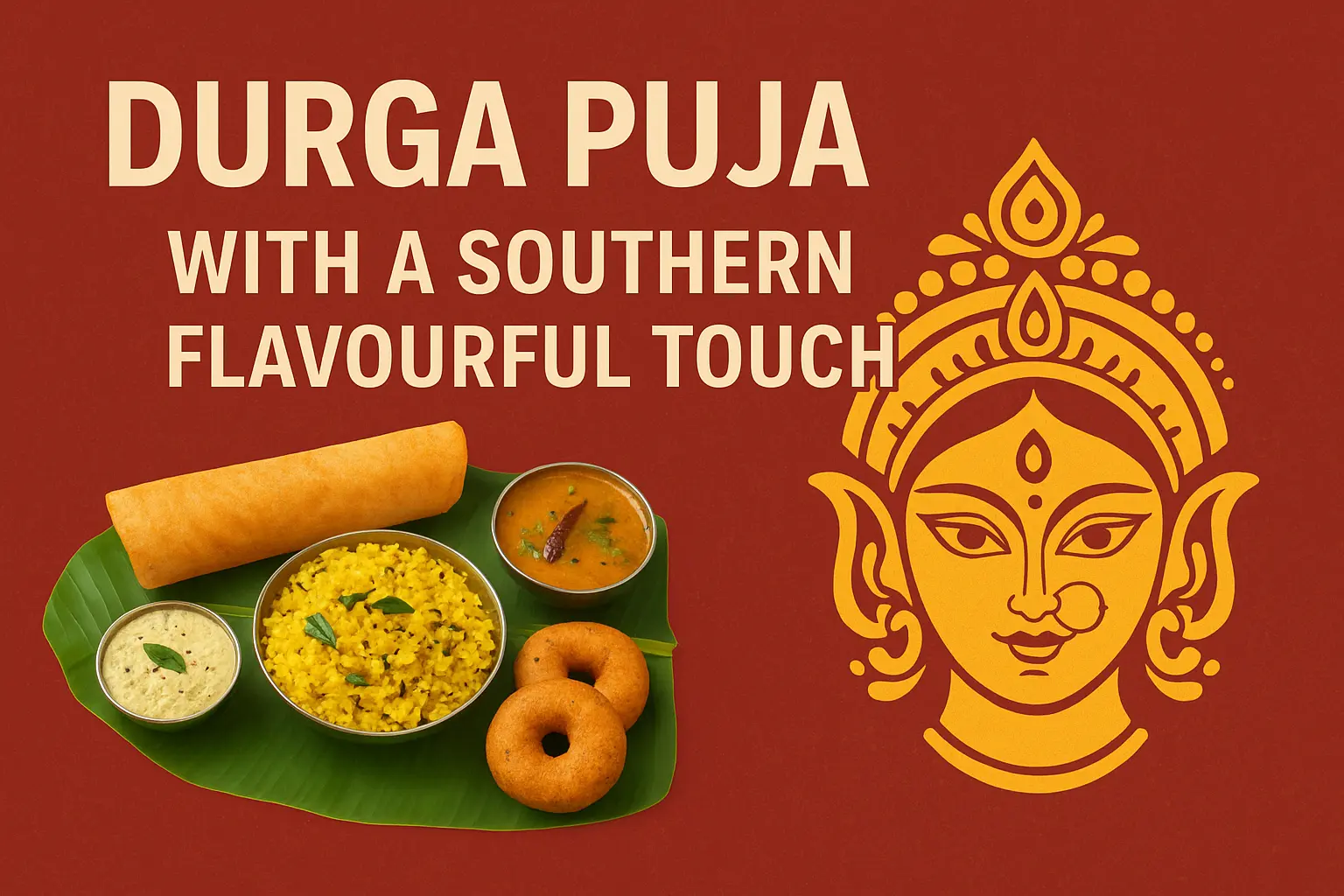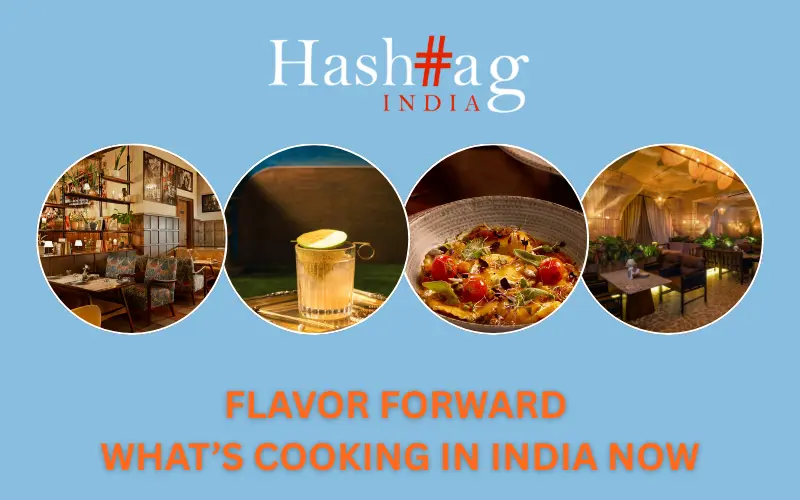In the ever-evolving world of culinary arts, ancient grains are revived in modern Indian kitchens. These grains, cherished for centuries, are making a comeback for their incredible health benefits and unique flavours. Dhanush Kumar delves into ancient grains and explores how they can enrich your culinary experience.
Rediscovering Ancient Grains in Modern Indian Cooking
1. Amaranth

Amaranth, or Rajgira, is a gluten-free grain staple in ancient Indian diets. It is abundant in protein, fibre, and essential amino acids and high in calcium, iron, and magnesium. This makes it a superb option for supporting bone health and overall vitality. Amaranth can be used to create various dishes in modern kitchens, from breakfast porridges and salads to energy bars and traditional sweets like laddoos.
2. Millet

Millet is another ancient grain that has been a part of Indian cuisine for centuries. It is packed with magnesium, which helps maintain heart health and is rich in fibre, which promotes digestive wellness. Millet can be cooked as a grain similar to rice or ground into flour to make rotis and dosas. Its mild flavour makes it an excellent base for savoury dishes and sweet treats.
3. Sorghum

Sorghum is a gluten-free grain gaining popularity for its health benefits and versatility. It’s high in protein, fibre, and antioxidants, which help reduce inflammation and improve heart health. It can make rotis, pancakes, and even baked goods. Its slightly sweet flavour makes it a delightful addition to any meal.
4. Barley

Barley is an ancient grain revered for its digestive benefits. It’s high in soluble fibre, which helps lower cholesterol levels and maintain healthy blood sugar levels. Barley is also rich in vitamins and minerals like selenium and magnesium. It can be used in soups, stews, and salads, adding a chewy texture and nutty flavour. It is excellent for hydration and digestive health.
5. Finger Millet

Finger Millet is a nutritional powerhouse, especially renowned for its high calcium content, which benefits bone health in both growing children and older adults. Additionally, it is rich in iron and dietary fibre. Finger Millet can be used in various dishes, from traditional dumplings to contemporary ragi cookies and cakes. Its slightly sweet and earthy flavour makes it a versatile ingredient suitable for savoury and sweet recipes.
6. Foxtail Millet

Foxtail Millet is recognized for its high antioxidant content, which helps fight oxidative stress and promotes overall health. It is also rich in iron and calcium, making it a beneficial addition to a balanced diet. Foxtail Millet can be prepared similarly to rice or used in porridge. It is particularly well-suited for making idlis, upma, and pulao, adding a distinct texture and flavour to traditional dishes.
Conclusion
By incorporating grains like Amaranth, millet, and barley into your diet. So, why not try these ancient grains and add a touch of tradition to your modern meals.

